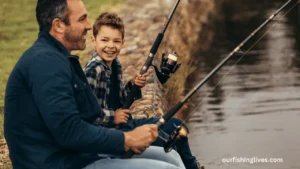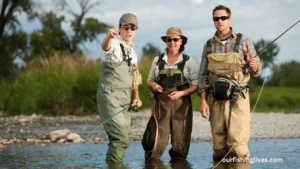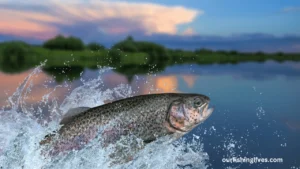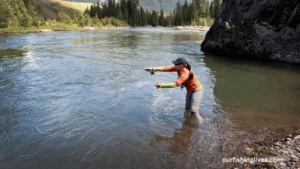Fans of fly fishing have a long past that goes back to ancient times, when it was first recorded. In the oldest types of fly fishing, feathers, fur, and sometimes even real insects were used to make the fish look and move like their natural prey.
Artificial flies were made to look and act like real insects as a result of this ancient technique. Since fly fishing has changed over time, players have become more aware of the need for sustainable and moral practices in the sport. This is why fake flies have become so popular over real insects.
Contents
Ethical and Ecological Impact
The use of real flies for fly fishing raises ethical and ecological concerns. Harvesting live insects for fishing purposes can disrupt local ecosystems, affect the natural food chain, and introduce foreign insect species to new environments, potentially leading to ecological imbalances.
The ethical implications of using live insects in fly fishing have led to a shift towards the use of artificial flies. This transition aligns with the increasing global focus on sustainability and conservation. Anglers are recognizing the importance of preserving natural ecosystems and minimizing the impact of fishing on the environment.
Effectiveness of Artificial Flies
Advancements in material technology and fly design have contributed to the effectiveness of artificial flies in fly fishing. Modern artificial flies are meticulously crafted to replicate the appearance, behavior, and appeal of natural insects, making them highly attractive to fish.
With a wide range of patterns and sizes available, anglers can effectively match the specific feeding preferences of different fish species. Studies and observations have demonstrated that artificial flies can be as, if not more, effective than real flies in catching fish.
This effectiveness, combined with the ethical considerations, has propelled the popularity of artificial flies in the fly fishing community.
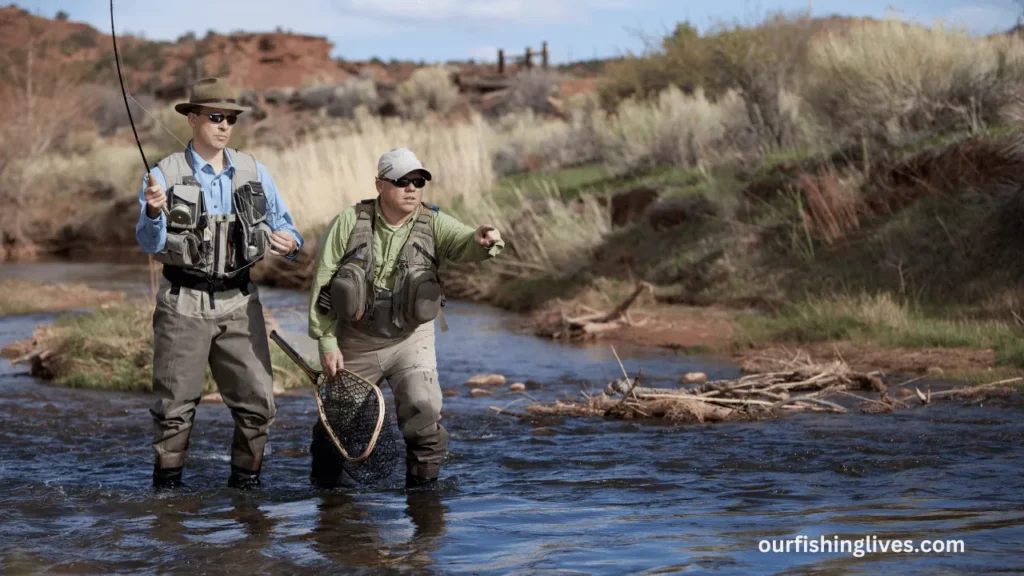
Ethical Considerations and Sustainability
From an ethical standpoint, the use of artificial flies promotes sustainable and humane fishing practices. Anglers can enjoy the sport without negatively impacting natural insect populations or causing harm to local ecosystems.
This ethical awareness extends to the responsible stewardship of natural resources and aligns with the principles of conservation and environmental sustainability. As angling communities continue to grow and diversify, the ethical considerations surrounding fly fishing become increasingly significant.
Conclusion
The history of fly fishing reflects a transition from the use of real flies to artificial flies, driven by ethical, ecological, and practical considerations. The evolution of fly fishing encompasses a shift towards sustainable and responsible angling practices, exemplified by the widespread use of artificial flies.
By recognizing the effectiveness of artificial flies, aligning with ethical considerations, and championing sustainability in the sport, anglers are contributing to the preservation of natural ecosystems and the long-term viability of fly fishing. This evolution underscores the dynamic and evolving nature of fly fishing, reflecting the harmony of tradition, innovation, and environmental consciousness.
FAQs
What are the Historical Roots of Fly Fishing?
Fly fishing has a rich history dating back to ancient times, with evidence of early forms of fly fishing found in civilizations like the Roman Empire and China. Over time, this method of fishing evolved from using basic materials like feathers and horsehair to more sophisticated tools and techniques.
How Has Technology Transformed Fly Fishing?
Technological advancements have revolutionized fly fishing, with the introduction of modern materials such as graphite and carbon fiber for rods, synthetic lines for casting, and advanced reels with precision drag systems. These innovations have enhanced performance, accuracy, and overall fishing experience.
How has Conservation Efforts Shaped Fly Fishing Practices?
In recent years, conservation efforts have significantly impacted fly fishing practices. Anglers now emphasize catch-and-release practices to preserve fish populations, promote sustainable fishing practices, and protect the environment. Conservation has become a core value in the fly fishing community.
What Role Does Education Play in Modern Fly Fishing?
Education is crucial in modern fly fishing, with anglers having access to a wealth of resources such as online tutorials, workshops, and guide services. Understanding entomology, fly tying, and casting techniques has become essential for success in fly fishing, leading to a more informed and skilled angling community.
How Has Social Media Influenced Fly Fishing Culture?
The rise of social media has had a significant impact on fly fishing culture, creating a platform for anglers to share experiences, techniques, and conservation messages worldwide. It has also influenced trends in gear, destinations, and the way anglers connect and engage with the fly fishing community.


